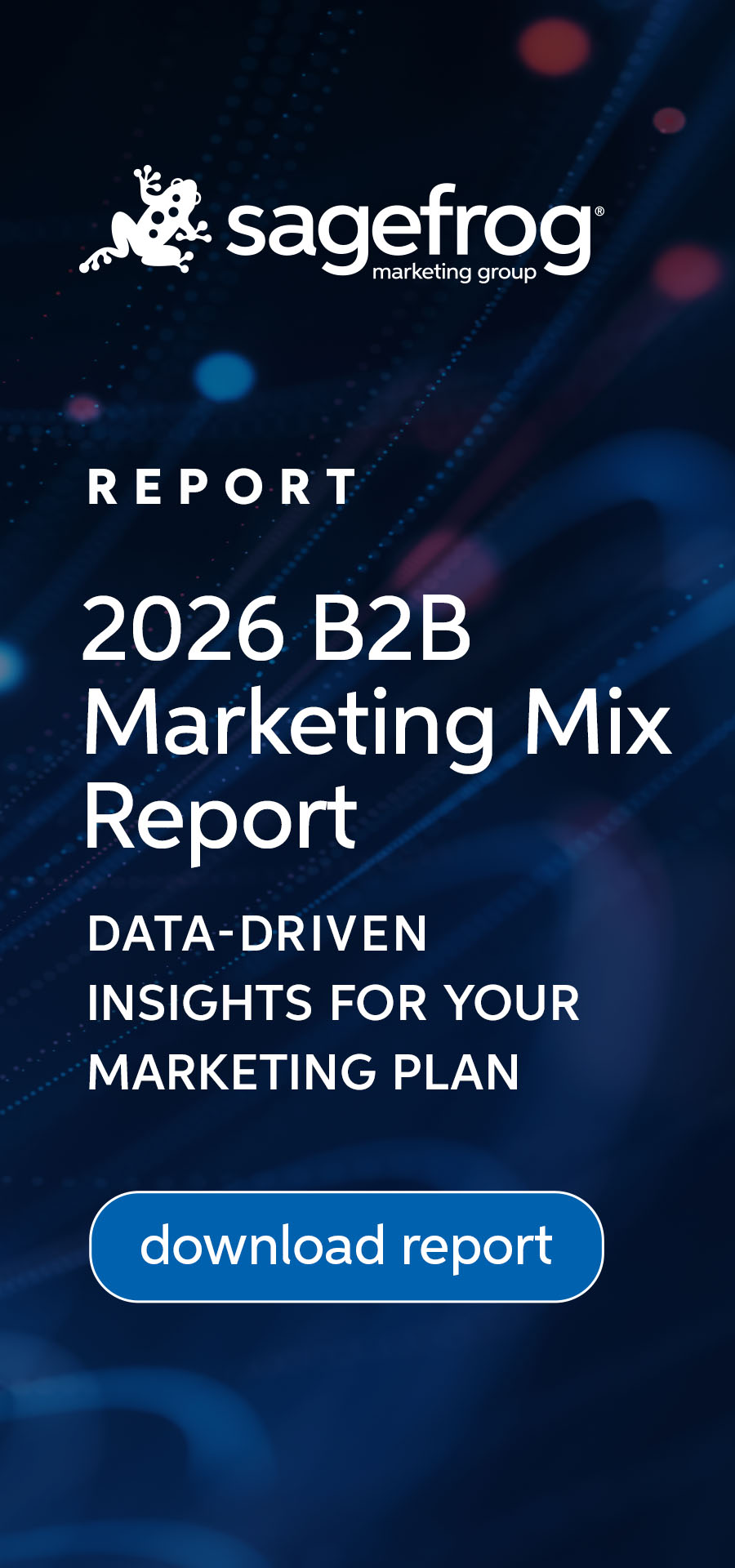It’s in your company’s best interest to periodically take the pulse of your branding efforts to review their effect on the rest of your marketing strategy. Sometimes, however, it can be difficult to come to terms with where your brand really stands with your team, marketplace and competitors. For SMBs, it can also be a challenge to fit new branding into the budget when you recognize the need for an updated look and feel. But branding is the DNA of your marketing and sales plan; without a clear brand strategy, businesses are often left appearing unprofessional, outdated, out of touch and unworthy of consumers’ money and job applicants’ energy. And that’s when things start to go downhill.
Brand Refresh Checklist:
- How do our clients, competitors and team members view our offerings?
- Would we choose to work with our company over competitors?
- Is our brand personality descriptive, consistent and fitting for what we do?
- Are our core values authentic and embodied by our leadership and team?
- Does our messaging reach target audiences and get them to take action?
- Does our mission statement clearly communicate what we do and why we exist?
- Does our vision statement provide direction for our team and inspire us to succeed?
- Are our value propositions accurate, unique and captivating for audiences?
- Do our logo, color palette and other design elements look outdated or unfitting?
- Are we presenting an offering and appearance that are truly unique?
But there are easy ways to determine a real need for a brand refresh, and there are also easy ways to factor it into your budget for the year—especially since it has an unavoidable impact on the long-term survival of your company.
Bad branding has led to the downfall of some very promising companies. Don’t let it weigh down your business and team.
Does My Brand Need a Refresh?
1. How do our clients, competitors and team members view our offerings?
- Clients should not be confused about what makes your products or services different or better than others
- Competitors should find a true rival in your brand’s offerings and the way you present them
- Team members should be proud to tout your products or services over others and be confident that they are helping to create quality offerings for consumers
2. Would we choose to work with our company over competitors?
- Competitors shouldn’t show more personality in their brand messaging than you
- Brand and showcase your products with more memorable and captivating messages that rival competitors’ efforts
- Address common pain points in a more effective way than competitors to better connect with potential leads
3. Is our brand personality descriptive, consistent and fitting for what we do?
- Your brand personality is crafted by clear messages and guided by a tone of voice that accurately captures key character traits that define your company
- The tone you use in your formal marketing communications should match the conversation style that your team members use with clients
4. Are our core values authentic and embodied by our leadership and team?
- Core values shouldn’t be taken for granted because the strongest brands are those that rally around these important indicators of company culture
- Job applicants and consumers alike form opinions about your brand based on these values and current team members are motivated by them
5. Does our messaging reach target audiences and get them to take action?
- Messaging by buyer persona or target audience is an effective way to reach appropriate consumers, present a solution to their needs and encourage them to explore your offerings
6. Does our mission statement clearly communicate what we do and why we exist?
- Team members and potential clients should be able to easily pinpoint what you do and why you do it and identify the ultimate goal your company has in selling products and services
7. Does our vision statement provide direction for our team and inspire us to succeed?
- A vision statement summarizes the long-term objectives of a business and helps align the entire company around a single goal for the future
8. Are our value propositions accurate, unique and captivating for audiences?
- Consumers need to know exactly why they should turn to you for superior solutions
- Use real reasons why current clients choose you as a starting point for great value propositions
9. Do our logo, color palette and other design elements look outdated or unfitting?
- Consider the visual messages that your logo, color palette, typography, imagery and other graphic design elements send to viewers
- A visual identity is one of the most memorable aspects of a first impression, so think about whether your appearance is worthy of potential clients and partners
10. Are we presenting an offering and appearance that are truly unique?
- Don’t be mistaken for competitors or unrelated brands and don’t settle in the background
- Take fresh eyes to your offerings and appearance to discover ways of differentiating your business from others
How would you answer these questions? Positively or negatively? Make sure you’re answering truthfully and really taking the time to consider the intention behind each question. When leadership teams are complacent with their branding efforts and are too far removed from the real effects on their business—when they consider their logo “fine” or their messaging “sufficient”—their marketing and sales teams are weighed down heavily by branding that holds them back from achieving more qualified leads and closing more meaningful sales.
Continue quizzing your own brand’s aptitude by consulting our Branding Made Simple Guide. In it, you’ll learn more about how to determine if your branding is effectively reaching audiences and inspiring your team and you’ll gain access to expert tips and examples on how to start improving your brand today.
Have quick questions about your brand or company culture? Contact Sagefrog Marketing Group today.


